23 Indulgent European Cheese Desserts You Need to Try
European cheese desserts tantalize taste buds with their rich, creamy textures and sophisticated flavor profiles.
Culinary traditions across the continent transform simple ingredients into extraordinary sweet delicacies.
Skilled pastry chefs blend local dairy products with innovative techniques, creating remarkable confections that surprise and delight.
Sweet cheese preparations showcase remarkable regional diversity, reflecting cultural nuances and generations of gastronomic expertise.
Each delicacy tells a story of heritage, craftsmanship, and passion for remarkable ingredients.
Remarkable techniques transform humble cheese into decadent, memorable treats that challenge conventional dessert expectations.
Passionate food lovers appreciate the subtle complexity and unexpected harmony of these unique culinary creations.
We invite you to savor the following 23 famous European cheese desserts that will revolutionize your understanding of sweet indulgence:
Famous European Cheese Desserts for Sweet Endings
Cheese finds its sweet side in Europe’s most decadent desserts. Creamy, tangy, and rich, there’s a treat for every taste.
Melopita
Melopita bursts with sweet simplicity, blending fresh sheep or goat milk mizithra cheese, eggs, and golden honey into a crustless Greek dessert originating from Sifnos island.
Mediterranean bakers craft this light pie as a circular treat without traditional pastry edges.
Generations of Greek families have cherished its straightforward recipe passed through centuries.
Warm cinnamon dusting adds gentle spice to the creamy base.
Each slice promises a perfect balance between smooth cheese and rich honey.
Summer gatherings often feature this uncomplicated dessert as a crowd-pleasing finale.
Soft and comforting, melopita reflects Greece's rustic culinary traditions.
Visitors from around the world delight in its uncomplicated yet magnificent flavor profile.
Sernik
Polish sernik stands out as a creamy cheesecake celebrating centuries of culinary tradition rooted in Christian and Jewish heritage.
Crafted from twarog, a unique curd cheese, this dessert traces its origins to King Jan III Sobieski's 17th-century victory against Turkish forces.
Bakers create multiple versions, ranging from baked to unbaked styles with distinct foundations like crumbly or sponge cake bases.
Raisins, chocolate sauce, and fresh fruits frequently enhance its rich flavor profile.
Smooth twarog cheese serves as the primary ingredient, blending perfectly with eggs and sugar.
Historical records suggest sernik emerged during a period of cultural exchange and royal influence.
Sweet toppings like fruit jellies add colorful finishing touches to this beloved Polish dessert.
Basque Cheesecake
Burned edges and a gooey, molten center distinguish Basque cheesecake, a crustless dessert originating from San Sebastian's La Vina Bar.
Baked at high temperatures, this unique Spanish treat caramelizes its exterior while maintaining an ultra-creamy, almost liquid middle.
Minimal ingredients like cream cheese, sugar, eggs, and heavy cream create its signature smooth texture.
Traditional recipes follow the original method perfected decades ago in the Basque region.
Restaurants worldwide now serve their interpretations of this iconic dessert.
International pastry chefs have embraced its rustic, unpolished aesthetic.
Simple yet sophisticated, the cake breaks classic cheesecake conventions.
Its popularity continues to spread across global culinary scenes.
Sfakianopita
Sfakianopita bursts with Cretan culinary magic, transforming simple ingredients into a crispy cheese-filled pancake that melts in your mouth.
Shepherds from Sfakia originally crafted this delicate treat using flour, olive oil, water, and salt combined with soft white whey cheese.
Raki, a traditional Cretan spirit, adds unexpected depth to the dough's preparation.
Kneading myzithra cheese directly into the unleavened mixture creates a unique texture unlike standard filled pies.
Thin and almost crepe-like, the dough circles fry to a golden, spotted perfection that highlights its rustic origins.
Regional pride shines through this specialty's intricate preparation method.
Locals serve sfakianopita as a beloved street food and homestyle comfort dish.
Generations have passed down this cherished recipe, celebrating Crete's rich gastronomic heritage.
Misa Rezy
Misa rezy dazzles Czech dessert lovers with its luxurious three-layered chocolate and quark cheese cake named after a beloved ice cream treat.
Chocolate sponge cake forms its sturdy foundation, complemented by a creamy middle layer blending quark cheese, sugar, and butter.
Dark chocolate icing crowns the dessert, creating a glossy, elegant finish.
Bakers carefully craft each square to showcase perfect texture and balanced flavors.
Quark cheese gives the cake a distinct tangy richness rarely found in traditional pastries.
Squares are cut with precision, highlighting the dessert's clean geometric lines.
Czech bakeries pride themselves on mastering this classic sweet treat.
Generations have enjoyed this nostalgic dessert that connects modern palates with traditional Czech culinary heritage.
Msbrmlefse
Msbrmlefse bursts with Norwegian culinary heritage, a rustic flatbread packed with creamy goat cheese, buttermilk, and sweet syrup that energizes workers in cold Salten regions.
Nordic farmers traditionally crafted this hearty snack to sustain laborers during long, challenging workdays.
Generations have passed down the recipe, transforming it from essential sustenance to a beloved afternoon treat.
Soft flatbread serves as the canvas for a rich, tangy filling that blends seamlessly with regional ingredients.
Locals often enhance the snack with butter, sugar, or sour cream for extra flavor.
Goat cheese provides a distinctive tanginess that sets msbrmlefse apart from other regional breads.
Flour and buttermilk create a smooth, spreadable mixture that complements the cheese perfectly.
Simple yet satisfying, this snack represents the resourceful spirit of Norwegian rural communities.
Kasekuchen
Kasekuchen transforms traditional cheesecake with its uniquely tangy quark cheese foundation, creating a lighter, more refreshing dessert that dances between sweet and sour notes.
German bakers craft this beloved treat on a delicate shortcrust pastry base, carefully layering a creamy mixture of quark, eggs, and occasional fruit accents.
Subtle differences set this cake apart from American-style cheesecakes, particularly its distinctive cheese profile and airy texture.
Powdered sugar often adorns the top, adding a gentle sweetness to each slice.
Cafes and home kitchens across Germany serve kasekuchen as a standard afternoon companion to coffee or tea.
Quark cheese provides the signature tang that makes this dessert so memorable.
Bakers take pride in perfecting the delicate balance of ingredients.
Simple yet sophisticated, kasekuchen represents German baking at its finest.
Kalitsounia
Cretan kalitsounia burst with Mediterranean charm as delicate pastry pockets filled with creamy mizithra cheese that highlight Greece's rich culinary traditions.
Originating on Crete's sun-drenched landscapes, these versatile treats emerge in multiple shapes and flavors ranging from sweet to savory.
Cinnamon and lemon zest elevate sweet versions, while spinach adds earthy depth to savory variations.
Traditionally linked to Easter celebrations, kalitsounia now grace tables throughout the year.
Unleavened pastry carefully wraps fresh cow's milk cheese in each small, handcrafted pocket.
Skilled bakers fold these delicate parcels with precision and care.
Regional ingredients determine each unique filling, reflecting Crete's agricultural bounty.
Greeks consider kalitsounia more than just a snack - they represent a cherished cultural connection to home and heritage.
Rakoczi Turos
Rakoczi turos bursts with Hungarian culinary magic, blending a crisp shortcrust pastry base with velvety sweetened curd cheese and crowned by fluffy meringue.
Hungarian master patissier Janos Rakoczi crafted this iconic dessert for the 1958 Brussels World Expo, where it instantly captivated international taste buds.
Pastry shops across Hungary now proudly serve this beloved cake, celebrating its rich cultural heritage.
Thin layers of buttery crust provide a delicate foundation for the creamy cheese filling.
Soft, cloud-like meringue adds a luxurious texture to each bite.
Regional bakers often add subtle variations to the classic recipe.
Sweet and tangy notes dance on your palate with each forkful.
Generations of Hungarians have cherished this memorable dessert as a true national treasure.
Torta Ricotta E Pere
Hazelnut-studded Italian cake torta ricotta e pere captures Amalfi's sweet culinary magic through its layered elegance of delicate textures and rich flavors.
Soft hazelnut sponge disks form the cake's foundation, crafted with eggs, sugar, ground hazelnuts, flour, and lemon zest.
Rum-infused syrup adds moisture and depth to each tender layer.
Creamy ricotta filling blends whipping cream and sugar into smooth perfection.
Ripe pears caramelized with sugar and pear brandy provide a luscious fruity center.
Gelatine helps stabilize the pear filling for precise assembly.
Bakers carefully spread ricotta cream between sponge layers, alternating with fragrant pear compote.
Gentle garnishing with extra hazelnuts completes this sophisticated Mediterranean dessert.
Kohupiimakreem
Estonian kohupiimakreem stands out as a silky, luxurious dessert blending tangy curd cheese with sweet vanilla and fluffy whipped cream.
Nordic culinary traditions inspire this refreshing treat that transforms simple ingredients into a creamy sensation.
Cold serving highlights its smooth texture and bright flavors.
Raisins or fresh berries often garnish the dessert, adding natural sweetness and visual appeal.
Curd cheese provides a protein-rich base with subtle tanginess.
Sugar balances the cheese's sharp notes perfectly.
Vanilla extract enhances the overall flavor profile.
Rural Estonian kitchens traditionally prepared this elegant dessert for special gatherings.
Mel I Mato
Mató de Dalt emerges as a rustic Catalan dessert celebrating pure simplicity through its elegant pairing of fresh cheese and golden honey.
Originating in rural Catalonia, this traditional treat showcases locally produced mató, a soft fresh cheese crafted from goat, sheep, or cow milk with minimal processing.
Mediterranean shepherds first created this dish as a quick, nourishing snack during long days tending flocks in mountainous regions.
Farmers would carefully drizzle rich, amber honey over the delicate white cheese, creating a harmonious blend of sweet and creamy textures.
Spanish gastronomy enthusiasts prize this dessert for its minimalist approach and authentic regional flavors.
Ancient culinary traditions shine through this unassuming yet deeply satisfying combination of two fundamental ingredients.
Quesada Pasiega
Quesada pasiega captivates taste buds with its silky smooth texture and rich, creamy profile from the mountainous Cantabria region of Spain.
Traditional recipes blend local cheese curds or ricotta with butter, sugar, milk, and eggs to create a pudding-like dessert.
Cinnamon and lemon zest infuse the cake with warm, bright flavors that complement its dense consistency.
Regional bakers carefully mix ingredients to achieve a perfectly balanced sweet treat.
Spanish families often serve this rustic dessert during celebrations or weekend gatherings.
Rural Cantabrian communities pride themselves on maintaining generations-old preparation techniques.
Simple yet elegant, quesada pasiega reflects the genuine culinary heritage of northern Spain.
Topfentorte
Topfentorte bursts with creamy Austrian charm, featuring a silky quark cheese filling nestled between delicate sponge cake layers.
German-speaking regions adore this light dessert for its tangy, smooth texture and elegant presentation.
Bakers carefully blend fresh topfen (quark) with whipping cream, eggs, and a hint of lemon zest to create its signature taste.
Gelatin helps stabilize the fluffy filling, ensuring a perfect slice every time.
Sugar adds balanced sweetness to the rich cheese mixture.
Flour provides structure to the tender cake base.
Lemon juice brightens the overall flavor profile.
Generations of Austrian families have savored this classic cake at celebrations and afternoon coffee breaks.
Paskha
Paskha stands as a sacred Russian Easter dessert crafted from rich tvorog blended with butter, sugar, and creamy ingredients that celebrate spiritual renewal.
Molded into a distinctive pyramid shape, this traditional treat symbolizes Christ's resurrection through its pure white color.
Russian Orthodox families carefully prepare this delicacy as a centerpiece of Easter celebrations.
Generations pass down specific recipes combining farmer's cheese, egg yolks, cream, and vanilla.
Decorative molds pressed with religious symbols create intricate designs on its surface.
Families gather to share this meaningful dessert after church services.
Toppings often include candied fruits or nuts for added texture.
Generations continue this cherished culinary tradition that connects them to their cultural and spiritual heritage.
Placinta Cu Urda
Placinta cu urda emerges as a heavenly Romanian pastry bursting with creamy cheese and sweet nuances that dance across your palate.
Soft homemade urda and branza cheeses blend seamlessly with whisked eggs and sugary notes to create its signature filling.
Delicate pastry wraps around this luscious mixture, promising pure comfort in every bite.
Raisins soaked in fragrant orange juice or rum add surprising depth and complexity to the dessert.
Zesty orange or lemon peel provides a bright counterpoint to the rich cheese blend.
Generous dollops of smantana (traditional Romanian cream) enhance the pastry's luxurious texture.
Vanilla sugar rounds out the flavor profile with gentle sweetness.
Families across Romania cherish this traditional treat as a nostalgic connection to generations of home baking.
Fiadone
Fiadone emerges as Corsica's rustic cheesecake-like dessert, blending brocciu cheese, eggs, sugar, and zesty citrus into a simple yet profound culinary treasure.
Goat's or ewe's milk transforms into fresh whey cheese, creating the dessert's signature creamy base.
Seasonal variations showcase lemon or orange zest, adding bright Mediterranean notes to each slice.
Holiday celebrations once highlighted this special treat, though modern enjoyment spans year-round occasions.
Families serve fiadone as a standalone dessert, sometimes drizzling honey or pairing with fresh fruit preserves.
Subtle sweetness and smooth texture define its rustic charm.
Each bite connects you to Corsica's rich gastronomic heritage.
Ostkaka
Swedish ostkaka stands out as a rustic, light cheesecake that diverges dramatically from its American counterpart.
Medieval Nordic farmers crafted this unique dessert using traditional rennet-based milk transformation techniques.
Cottage cheese simplifies modern preparation, blending flour, eggs, sugar, cream, and almonds into a delicate custard-like texture.
Swedish families traditionally serve ostkaka lukewarm, generously drizzling fresh berry syrup or tart jam across its surface.
Whipped cream and ripe strawberries often complete this elegant dessert's presentation.
Subtle sweetness and creamy consistency make ostkaka a beloved Nordic treat.
Generations of Swedes have cherished this comforting dessert as a nostalgic connection to their culinary heritage.
Flao De Ibiza
Flaó stands out as a traditional Balearic Island dessert blending sweet and tangy flavors from Ibiza's culinary heritage.
Spanish pastry chefs craft this delicate treat with a crisp, thin pastry base that cradles a creamy filling of fresh cheese and eggs.
Sugar or honey adds rich sweetness to the mixture, while citrus zest brings bright, zinging notes that dance across your palate.
Fresh mint leaves provide an unexpected herbal undertone that elevates the dessert's complexity.
Generations of island families have passed down this recipe, preserving its authentic preparation methods.
Mediterranean ingredients shine through each carefully assembled bite, reflecting Ibiza's agricultural bounty.
Bakers typically serve flaó chilled, making it a refreshing end to a hearty meal.
Quesadilla Herrena
Quesadilla Herrena bursts with El Hierro's sweet cheese magic, transforming traditional Spanish island ingredients into an irresistible dessert pastry.
Fresh queso herreno creates its signature creamy texture and distinctive flavor profile.
Lemon zest and aniseed dance through each bite, adding complex aromatic notes to the delicate pastry.
Bakers carefully mix cheese, flour, sugar, eggs, and spices into a smooth batter before pouring it into round molds.
Golden-brown edges signal perfect baking when the treat emerges from the oven.
Locals cherish this early 20th-century recipe as a cultural symbol of El Hierro's culinary heritage.
Family celebrations and festivals frequently feature this unique sweet treat.
Visitors often take home these memorable pastries as edible souvenirs from the smallest Canary Island.
Greixonera De Brossat
Sweet Mallorcan magic rises from a rustic clay dish, greixonera de brossat transforms simple cottage cheese into a creamy Mediterranean dessert that melts hearts across Spain's Balearic Islands.
Brossat, a fresh local cheese similar to ricotta, blends seamlessly with eggs, sugar, and aromatic cinnamon to create a silky smooth texture.
Lemon zest adds bright citrus notes that dance alongside the rich, gentle cheese base.
Mallorcans traditionally bake this dessert in a special clay vessel called a greixonera, which gives the dish its distinctive name.
Generations have passed down this recipe, celebrating simple ingredients and traditional cooking methods.
Each slice carries the warmth of family gatherings and island celebrations.
Dusted with powdered sugar and a sprinkle of cinnamon, the dessert becomes a delicate canvas of flavor and history.
Served chilled, this cheesecake offers a refreshing end to any Mediterranean meal.
Topfengolatsche
Topfengolatsche emerges as a beloved Austrian pastry featuring a delicate, flaky dough embracing a creamy, sweet cheese filling that tantalizes taste buds with its rich blend of flavors.
Originating in Vienna, this golden-brown treat combines soft topfen cheese with sugar, eggs, and butter for a decadent center.
Rum-soaked raisins add unexpected bursts of sweetness and complexity to the pastry's inner core.
Bakers carefully fold the dough into elegant triangular shapes before baking until perfectly crisp and golden.
Traditional bakeries across Austria pride themselves on crafting these delicate pastries with generations-old techniques.
Gentle spices like vanilla enhance the filling's subtle richness.
Austrians typically enjoy topfengolatsche as a mid-morning snack or light dessert alongside coffee.
German-speaking regions continue to celebrate this classic pastry as a cherished culinary tradition.
Pizza Di Ricotta Pugliese
Originating from Apulia, pizza di ricotta transforms classic Easter desserts with its luxurious ricotta-based filling nestled in a buttery shortcrust pastry shell.
Sweet ricotta gets blended with sugar, eggs, and bright lemon zest to create a creamy centerpiece.
Delicate pastry strips weave across the top, forming an elegant lattice pattern that catches the eye.
Mediterranean bakers carefully craft this dessert to celebrate spring's renewal and religious traditions.
Family gatherings often feature this special treat during holiday meals.
Smooth, rich filling contrasts beautifully with crisp pastry edges.
Regional ingredients shine through each carefully prepared slice.
Generations have passed down this cherished recipe, maintaining its authentic Puglian character.
How Do European Countries Use Cheese in Sweet vs. Savory Baking?
Cheese is a versatile ingredient in European baking, playing key roles in both sweet and savory dishes across different countries:
These cheeses add creaminess, moisture, and a mild tang that balances sweetness.
These cheeses provide depth, saltiness, and a satisfying umami flavor.
What Are the Best Fruit Pairings for European Cheese-Based Desserts?
Fruits are essential in balancing the richness of cheese in European desserts, and some pairings are particularly popular:
Using these fruit pairings, European desserts achieve a perfect harmony of creamy, sweet, and tangy flavors.

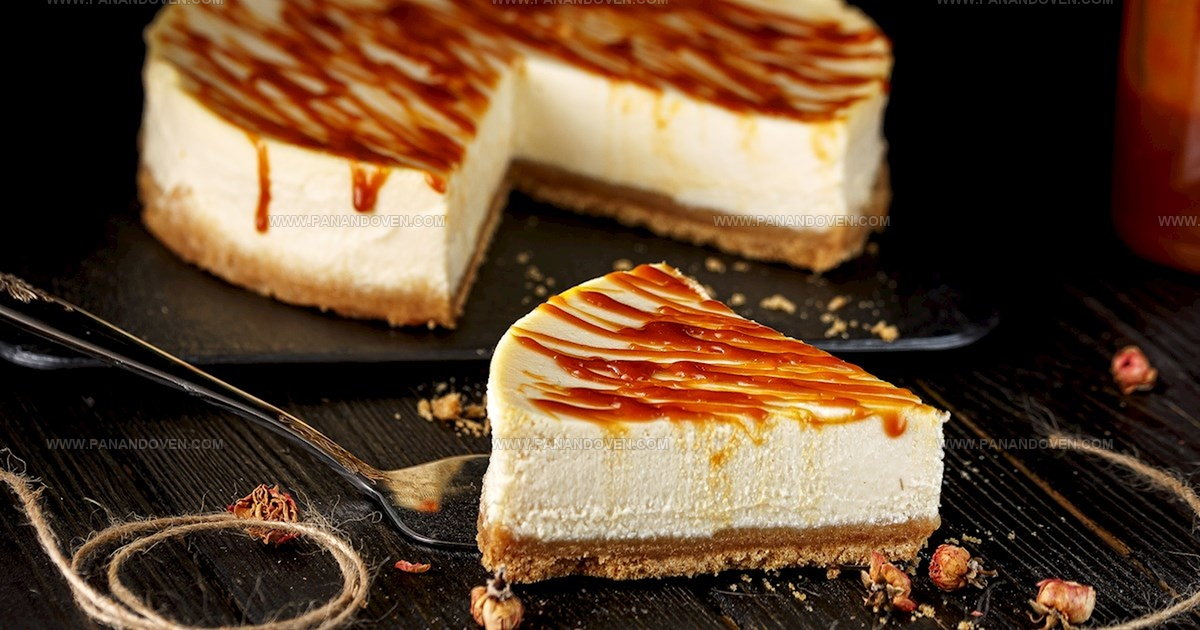
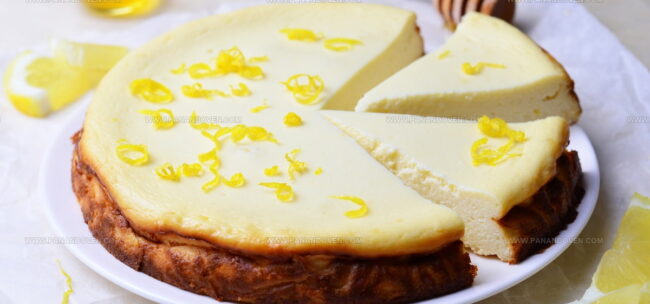
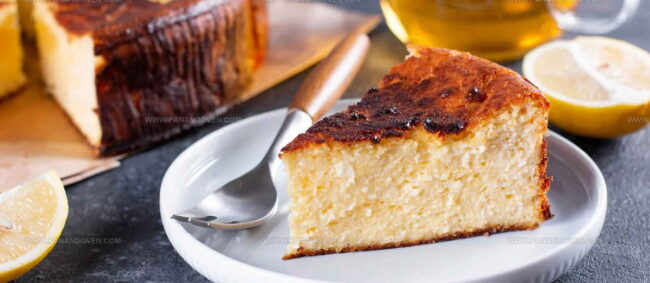
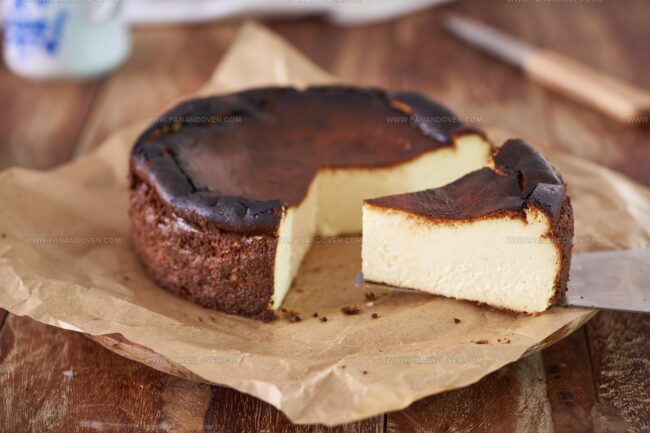
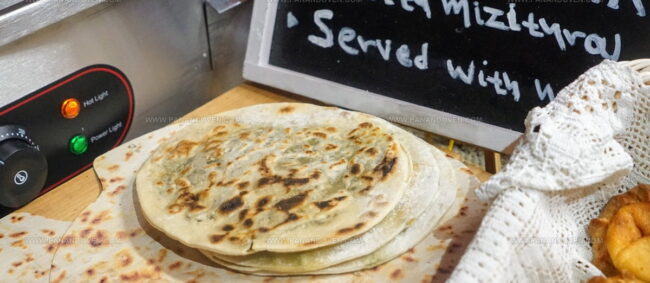
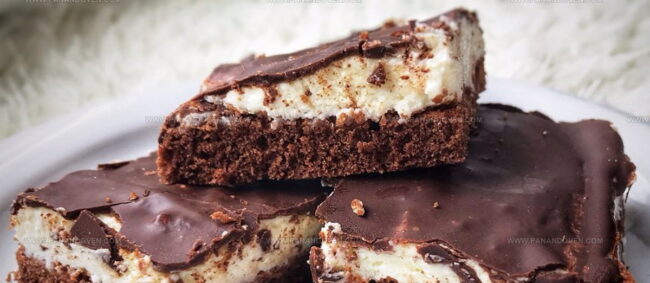
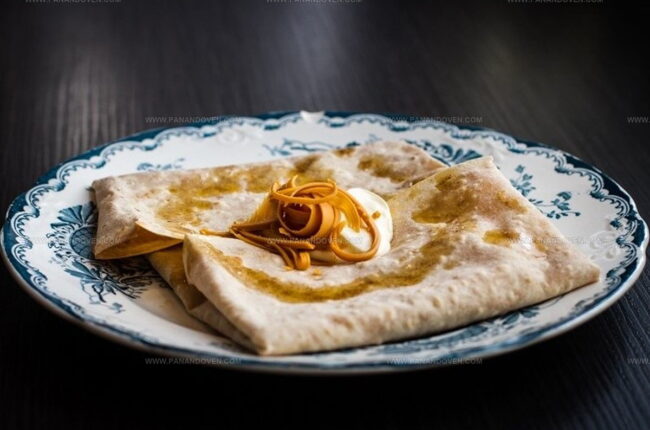
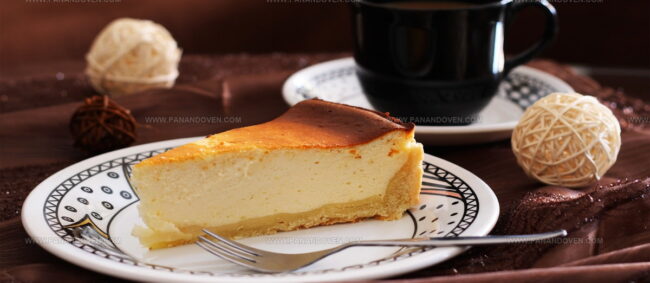
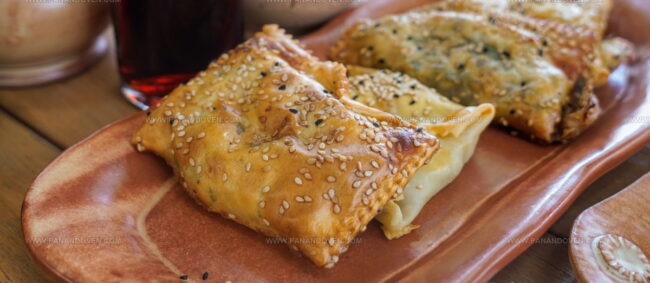
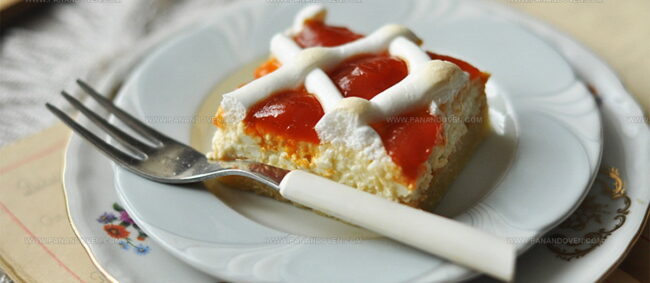
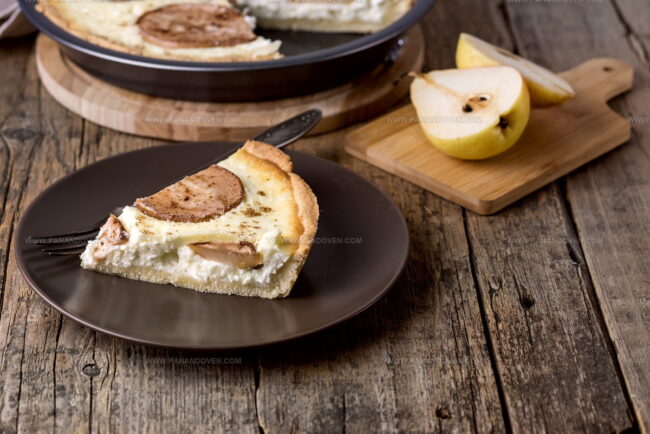
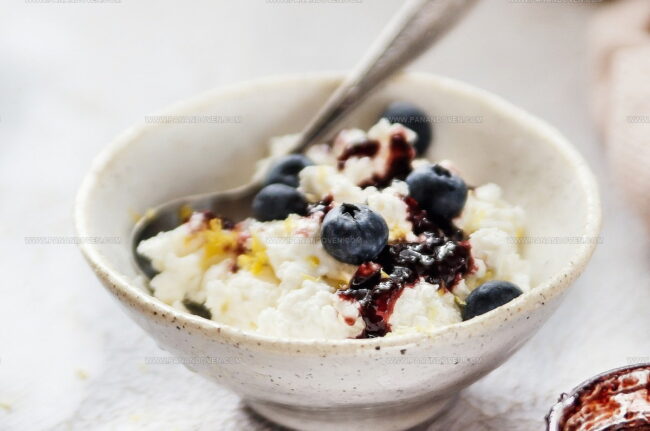
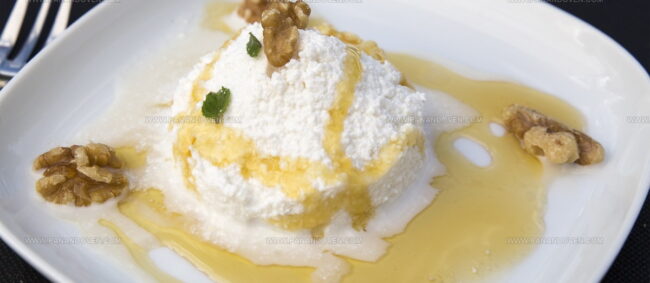
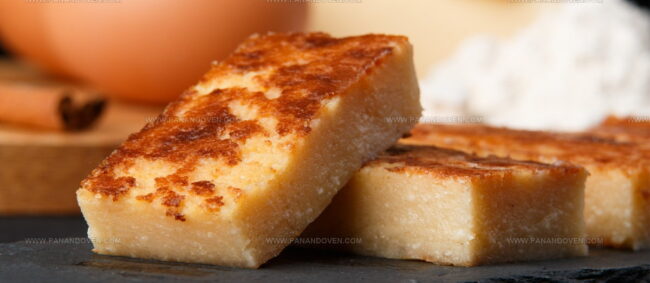
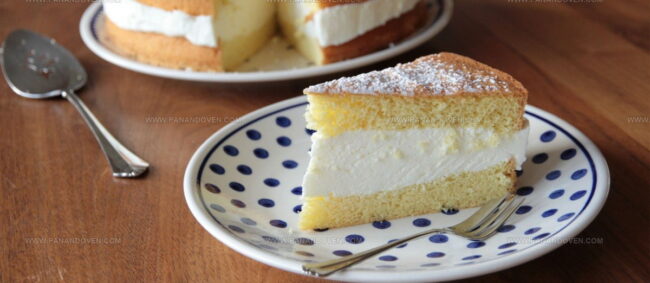
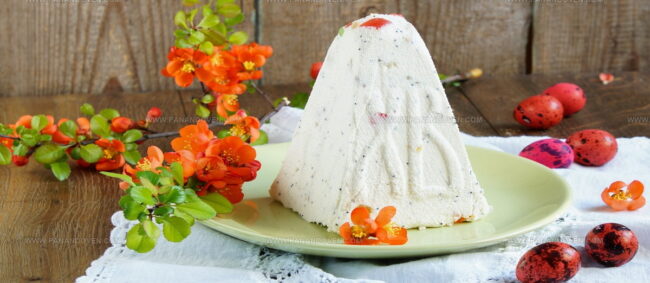
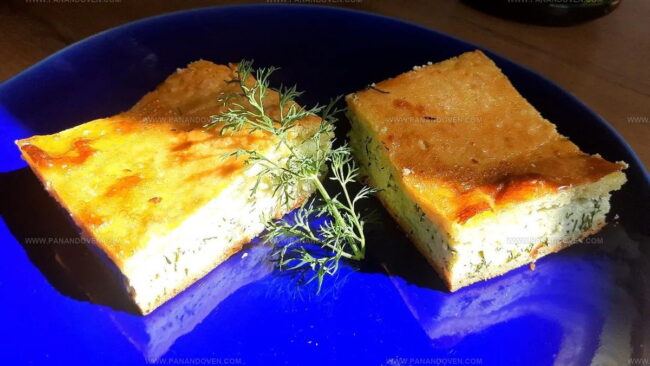
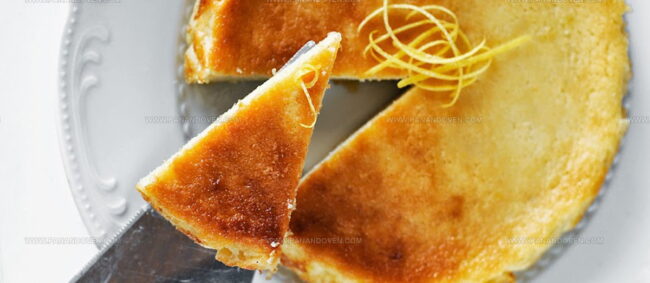
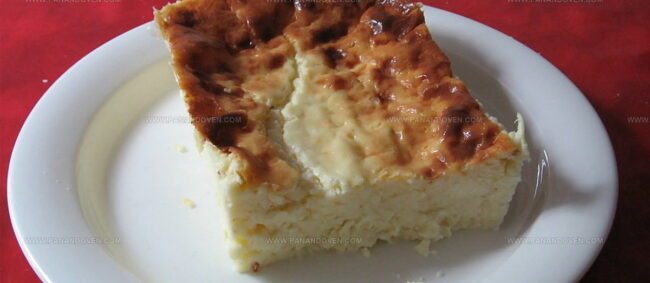
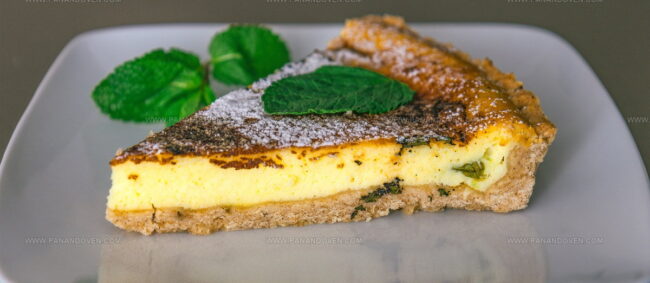
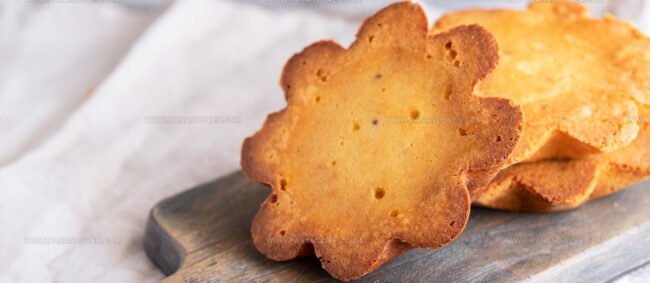
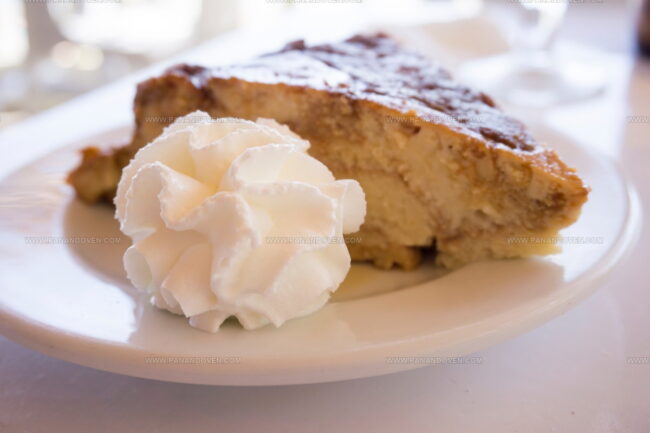
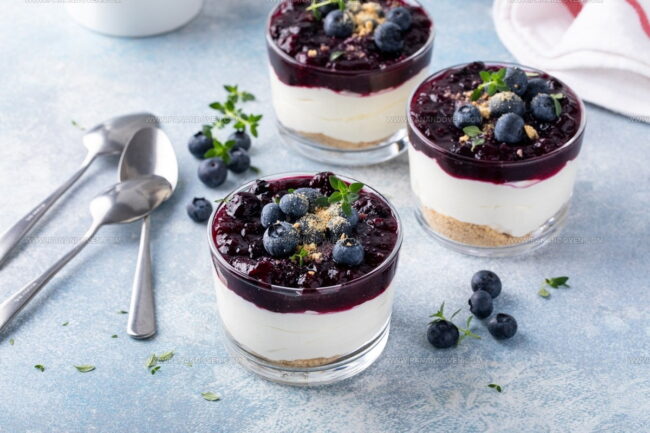
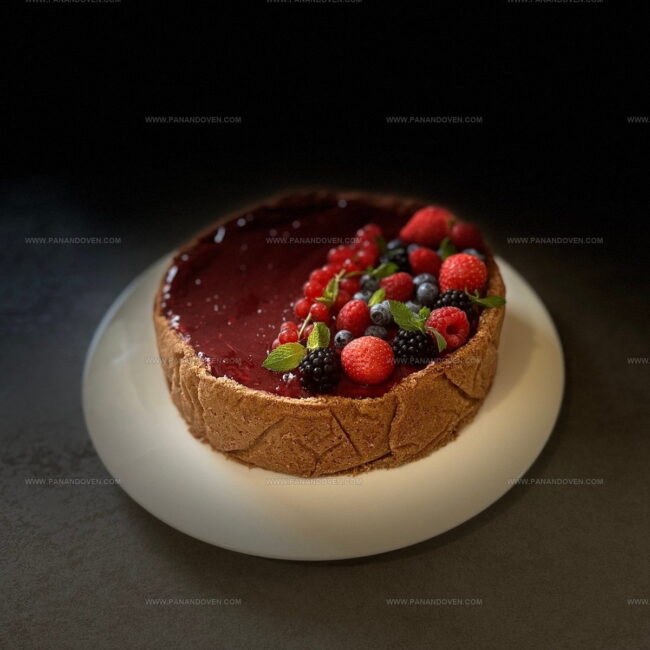
Clara Thompson
Recipe Developer & Food Educator
Expertise
Plant-based and vegetarian recipe development, Nutritional analysis and meal planning, Culinary education and workshop facilitation, Content writing with a focus on healthy living
Education
Diploma in Culinary Arts, Mt. San Jacinto College, CA
Focus: Comprehensive culinary training with an emphasis on sustainable cooking practices.
Certificate in Nutrition and Healthy Living, Cornell University (Online Program)
Focus: Understanding the principles of nutrition to create balanced and health-conscious recipes.
Clara lives where fresh ideas and fresh ingredients meet. She pairs her culinary know-how with her passion for healthy, planet-friendly cooking.
For Clara, good food should taste great, nourish your body, and feel easy to make. Her recipes highlight whole foods, colorful produce, and a deep respect for seasonal eating.